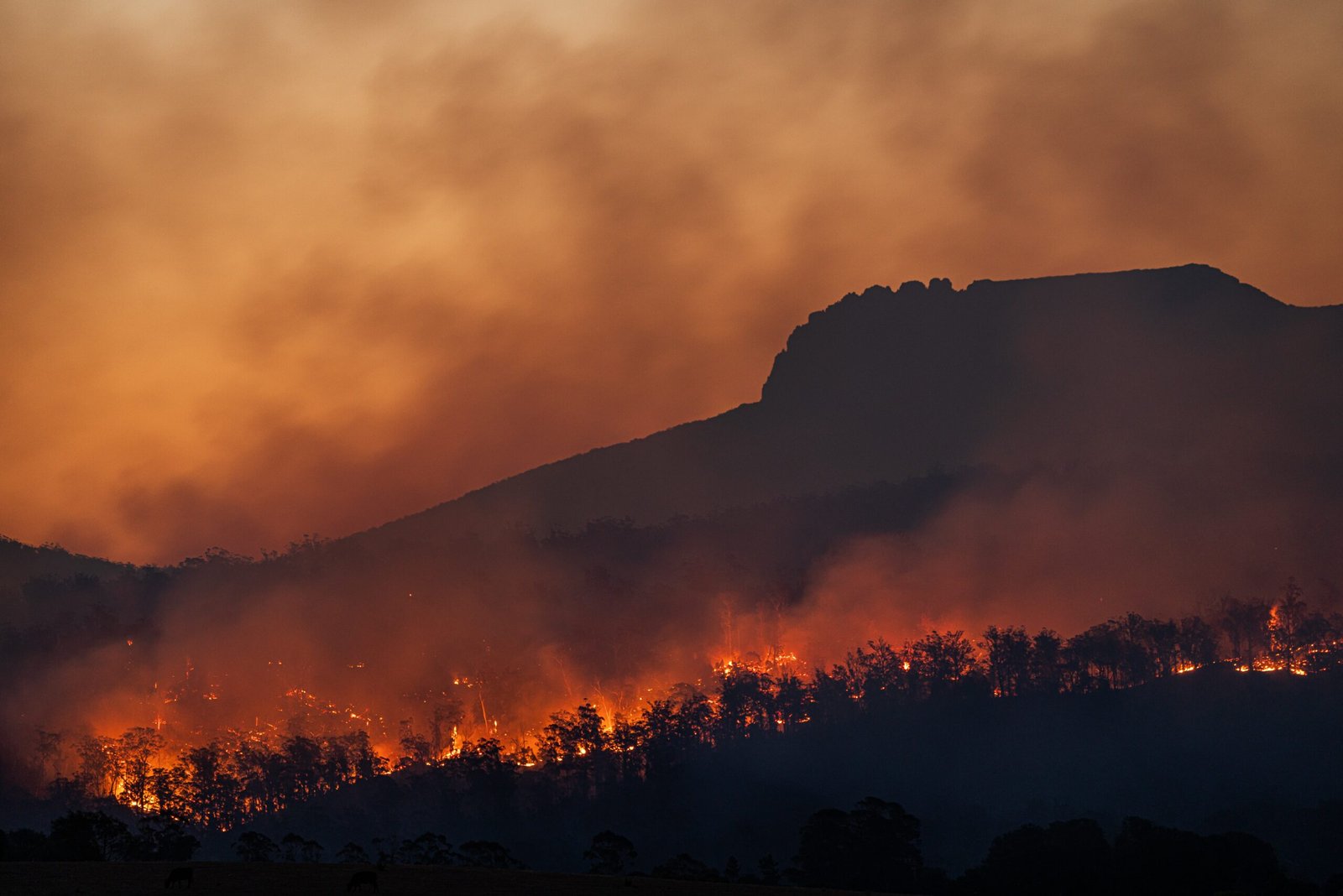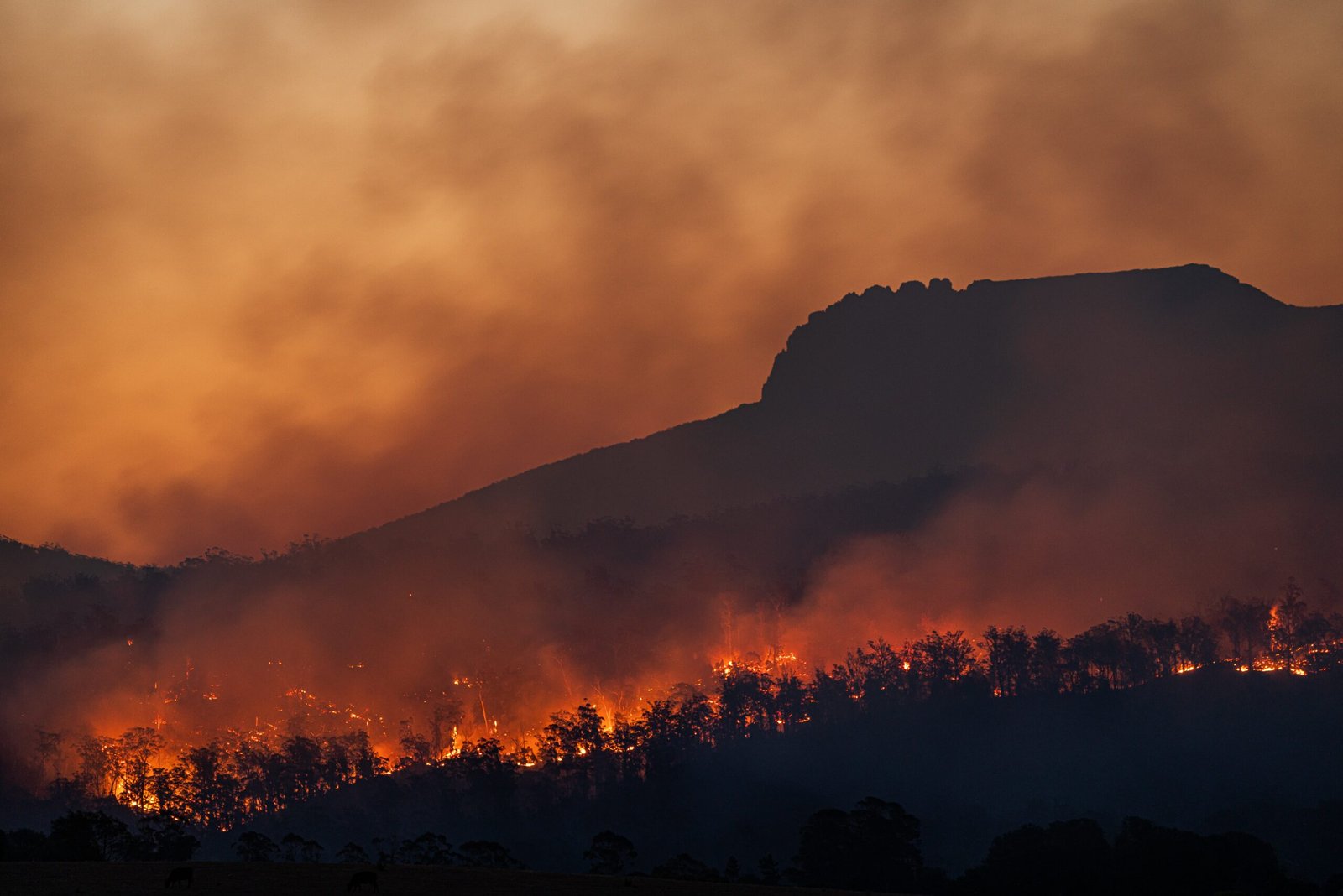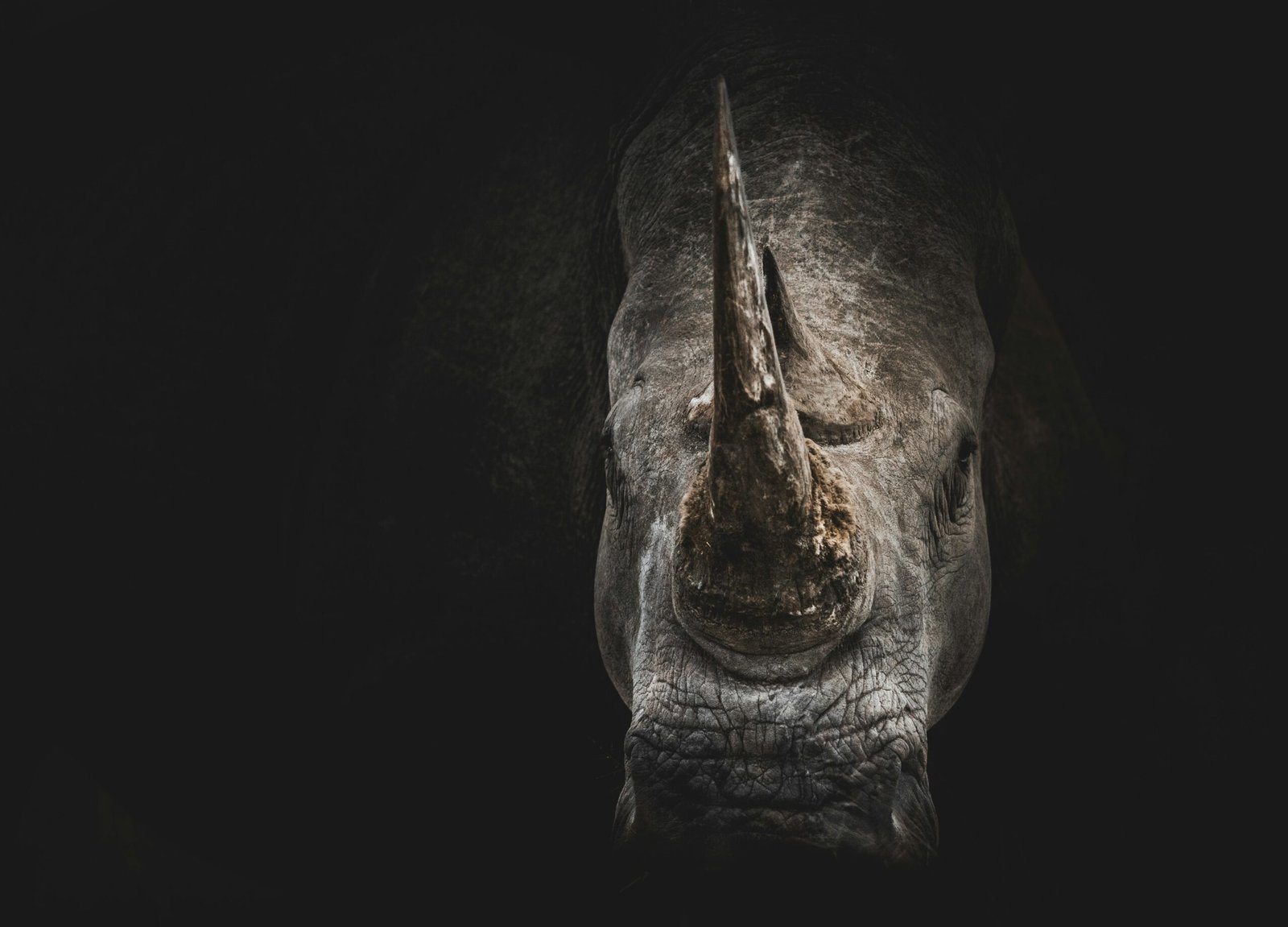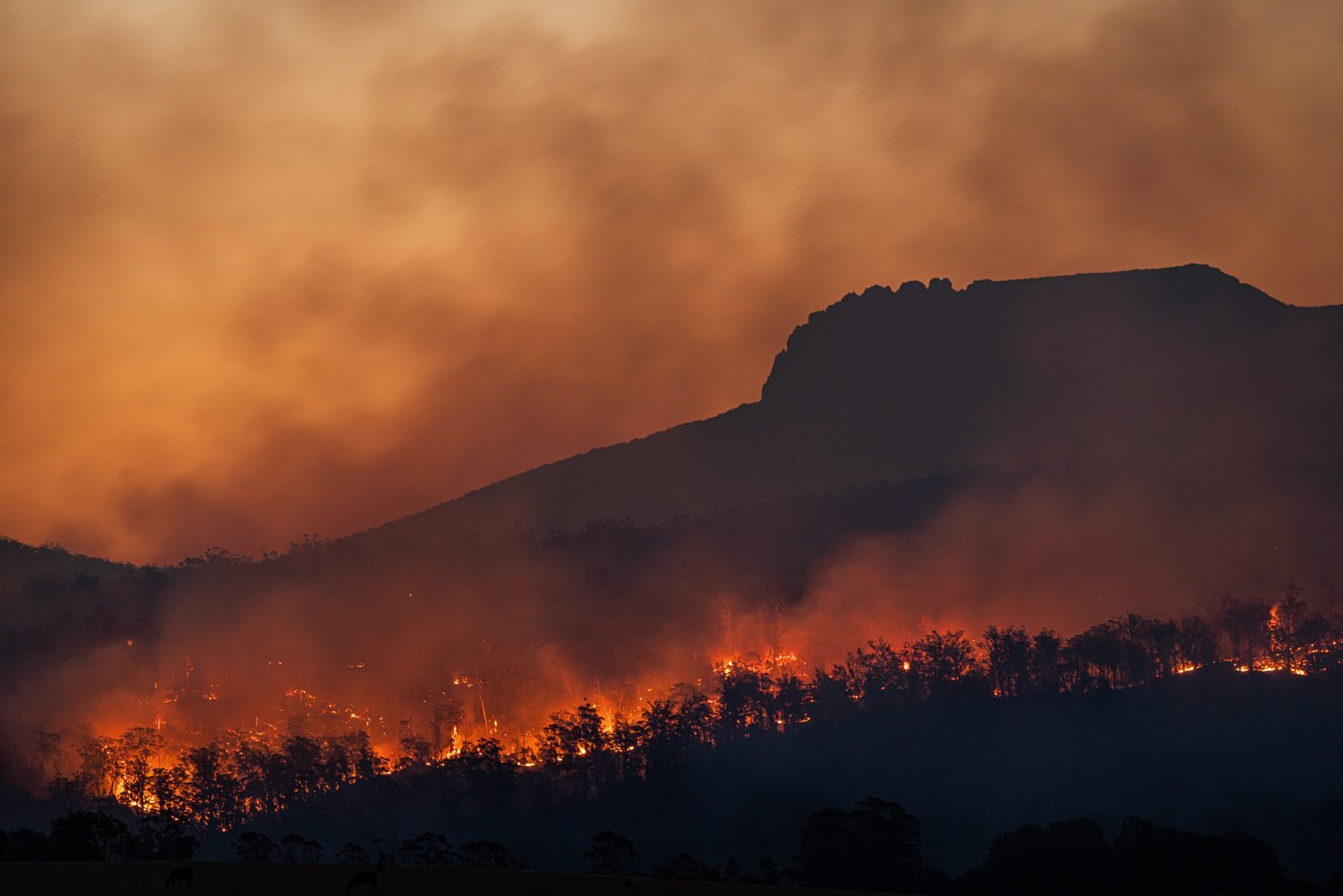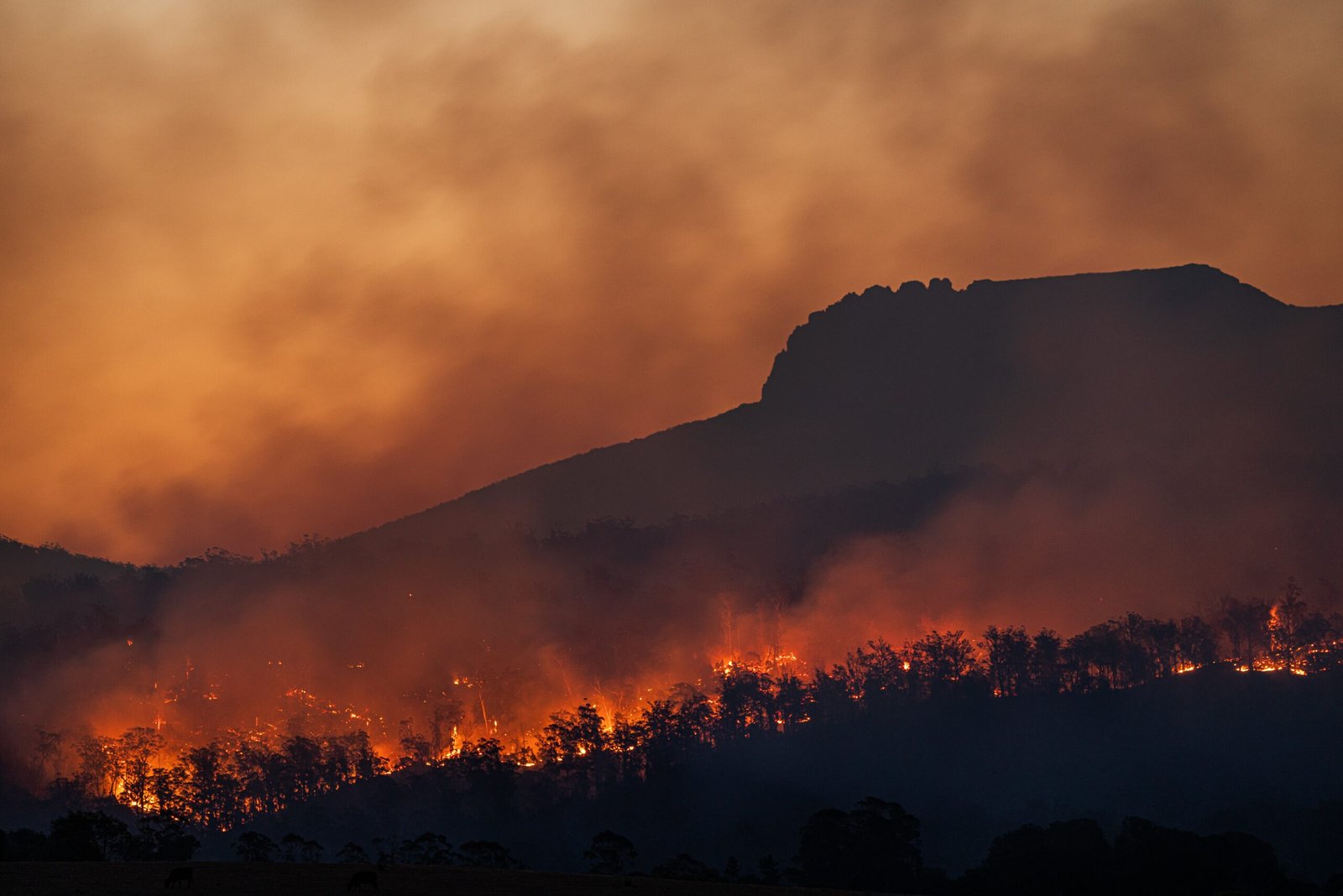The Impact of Climate Change on Wildlife: Top 10 Ways to Protect Our Natural World
Climate change is an urgent global issue that affects every aspect of our planet, including its diverse wildlife. As temperatures rise, habitats shift, and extreme weather events become more frequent, wildlife populations face unprecedented challenges. From endangered species to delicate ecosystems, the effects of climate change are far-reaching and demand immediate action. In this article, we will explore the top 10 ways we can protect our natural world and mitigate the impact of climate change on wildlife.
1. Preserve and Restore Habitats
One of the most crucial steps in protecting wildlife from the effects of climate change is preserving and restoring their habitats. By conserving natural areas, such as forests, wetlands, and coral reefs, we provide essential sanctuaries for countless species. Additionally, restoring degraded habitats helps to create resilient ecosystems that can better withstand the impacts of climate change.
For example, in the Pacific Northwest, efforts are underway to restore salmon-spawning streams by removing dams and planting native vegetation. This not only benefits the salmon population but also supports the entire ecosystem, including bears, eagles, and other species that rely on salmon as a food source.
2. Promote Sustainable Land Use
Unsustainable land use practices, such as deforestation and urban sprawl, contribute to climate change and disrupt wildlife habitats. By promoting sustainable land use, we can minimize these impacts and create a more harmonious relationship between humans and wildlife.
For instance, implementing smart growth strategies in urban planning can help reduce the loss of natural habitats and promote wildlife-friendly cities. Designating protected areas and wildlife corridors can also ensure the connectivity of ecosystems, allowing wildlife to adapt and migrate as their habitats change.
3. Support Renewable Energy
The burning of fossil fuels for energy is a major contributor to climate change. Transitioning to renewable energy sources, such as solar and wind power, not only reduces greenhouse gas emissions but also minimizes the negative impacts on wildlife.
For example, offshore wind farms can provide clean energy while also acting as artificial reefs, attracting marine life and creating new habitats. By supporting renewable energy initiatives, we can mitigate climate change and protect wildlife simultaneously.
4. Reduce Carbon Footprint
Individual actions can make a significant difference in combating climate change. By reducing our carbon footprint, we can collectively lessen the impacts on wildlife and their habitats.
Simple steps such as conserving energy at home, using public transportation, and adopting sustainable practices in daily life can help reduce greenhouse gas emissions. Additionally, supporting companies and organizations that prioritize sustainability can encourage others to follow suit.
5. Advocate for Climate Policies
Advocacy plays a crucial role in addressing climate change and protecting wildlife. By supporting and promoting climate policies at local, national, and international levels, we can create a more sustainable future for all.
For instance, advocating for stricter emissions regulations, renewable energy incentives, and wildlife protection laws can help mitigate the impacts of climate change on wildlife. By raising our voices and engaging with policymakers, we can drive meaningful change.
6. Foster Sustainable Agriculture
Agriculture is a significant contributor to climate change, but sustainable farming practices can help mitigate these impacts and protect wildlife habitats.
For example, organic farming methods reduce the use of synthetic fertilizers and pesticides, which can harm both wildlife and the environment. By supporting sustainable agriculture and choosing locally sourced, organic food, we can contribute to a healthier planet for both humans and wildlife.
7. Promote Biodiversity Conservation
Biodiversity is essential for the resilience of ecosystems and the survival of wildlife. By actively conserving and restoring biodiversity, we can help wildlife adapt to the changing climate.
Creating protected areas, implementing species recovery programs, and supporting local conservation organizations are all ways to promote biodiversity conservation. For instance, initiatives like the International Union for Conservation of Nature’s Red List of Threatened Species help identify species at risk and prioritize conservation efforts.
8. Educate and Raise Awareness
Education and awareness are vital in mobilizing action to protect wildlife from climate change. By sharing knowledge and raising awareness about the impacts of climate change on wildlife, we can inspire others to take action.
For example, organizing workshops, hosting community events, and leveraging social media platforms can help spread the message. Engaging with schools, universities, and local communities can also foster a sense of responsibility and empower individuals to make a difference.
9. Support Wildlife Conservation Organizations
There are numerous organizations dedicated to protecting wildlife and mitigating the impacts of climate change. By supporting these organizations through donations, volunteering, or advocacy, we can amplify their efforts and contribute to the preservation of our natural world.
For instance, organizations like the World Wildlife Fund (WWF), the National Audubon Society, and the Wildlife Conservation Society work tirelessly to protect endangered species, conserve habitats, and promote sustainable practices.
10. Engage in Citizen Science
Citizen science projects provide opportunities for individuals to actively contribute to wildlife conservation and climate change research. By participating in initiatives that monitor wildlife populations, track migrations, or collect climate data, we can generate valuable information for scientists and policymakers.
For example, programs like eBird and iNaturalist allow people to record bird sightings and document biodiversity, contributing to scientific research and conservation efforts.
FAQs
1. How does climate change affect wildlife?
Climate change affects wildlife in various ways, including habitat loss, disrupted migration patterns, altered reproductive cycles, and increased vulnerability to diseases.
2. Which species are most vulnerable to climate change?
Species living in specialized habitats, such as polar bears in the Arctic or coral reefs in tropical oceans, are particularly vulnerable to climate change. Endangered species with limited ranges or small populations are also at higher risk.
3. Can individual actions really make a difference in protecting wildlife from climate change?
Yes, individual actions collectively have a significant impact. By reducing our carbon footprint, supporting sustainable practices, and advocating for change, we can contribute to the protection of wildlife and the environment.
4. How can I get involved in wildlife conservation efforts?
You can get involved in wildlife conservation efforts by supporting local conservation organizations, volunteering for citizen science projects, and raising awareness about the importance of protecting wildlife and their habitats.
5. What role does biodiversity play in climate change mitigation?
Biodiversity is essential for the resilience of ecosystems and their ability to adapt to climate change. Diverse ecosystems can better withstand disturbances and provide vital services, such as carbon sequestration.
6. Are there any success stories in wildlife conservation and climate change mitigation?
Yes, there have been success stories in wildlife conservation and climate change mitigation. For example, the recovery of the bald eagle population in the United States and the restoration of degraded wetlands in Europe demonstrate the positive impact of conservation efforts.
7. How can I support renewable energy initiatives?
You can support renewable energy initiatives by advocating for renewable energy policies, installing solar panels on your property, and choosing energy providers that prioritize clean energy sources.
8. What are some sustainable agriculture practices?
Sustainable agriculture practices include organic farming, crop rotation, agroforestry, and minimizing the use of synthetic fertilizers and pesticides.
9. How can I raise awareness about climate change and wildlife conservation?
You can raise awareness about climate change and wildlife conservation by organizing events, sharing information on social media, and engaging with local communities, schools, and universities.
10. How can I contribute to citizen science projects?
You can contribute to citizen science projects by joining platforms like eBird, iNaturalist, or Zooniverse, where you can record observations, participate in data collection, and contribute to scientific research.
Tips for Protecting Wildlife from Climate Change
- Reduce, reuse, and recycle to minimize waste and conserve resources.
- Support sustainable seafood choices to protect marine ecosystems.
- Plant native species in your garden to provide food and shelter for local wildlife.
- Avoid single-use plastics to reduce pollution and protect marine life.
- Choose eco-friendly transportation options, such as biking or carpooling.
- Vote for leaders who prioritize climate action and wildlife conservation.
- Stay informed about climate change and its impacts on wildlife through reliable sources.
- Encourage others to take action and join the movement to protect our natural world.
By implementing these top 10 ways to protect our natural world and engaging in sustainable practices, we can safeguard wildlife from the devastating impacts of climate change. Together, let’s create a future where both humans and wildlife thrive in harmony.
Call to Action: Join the movement to protect wildlife from climate change. Take action today and make a difference for our natural world.
